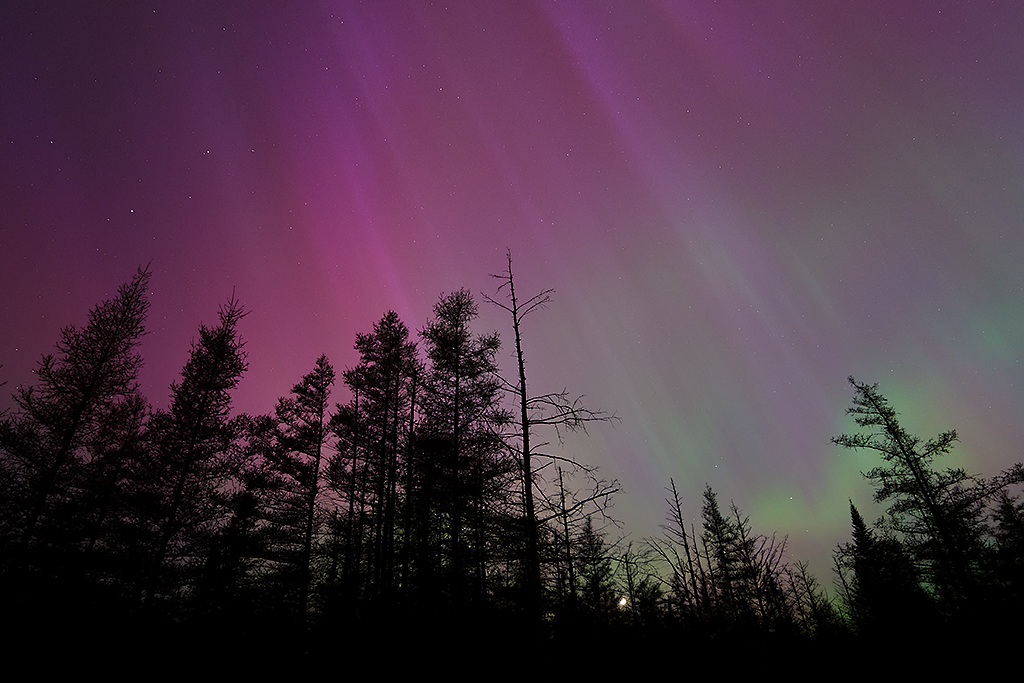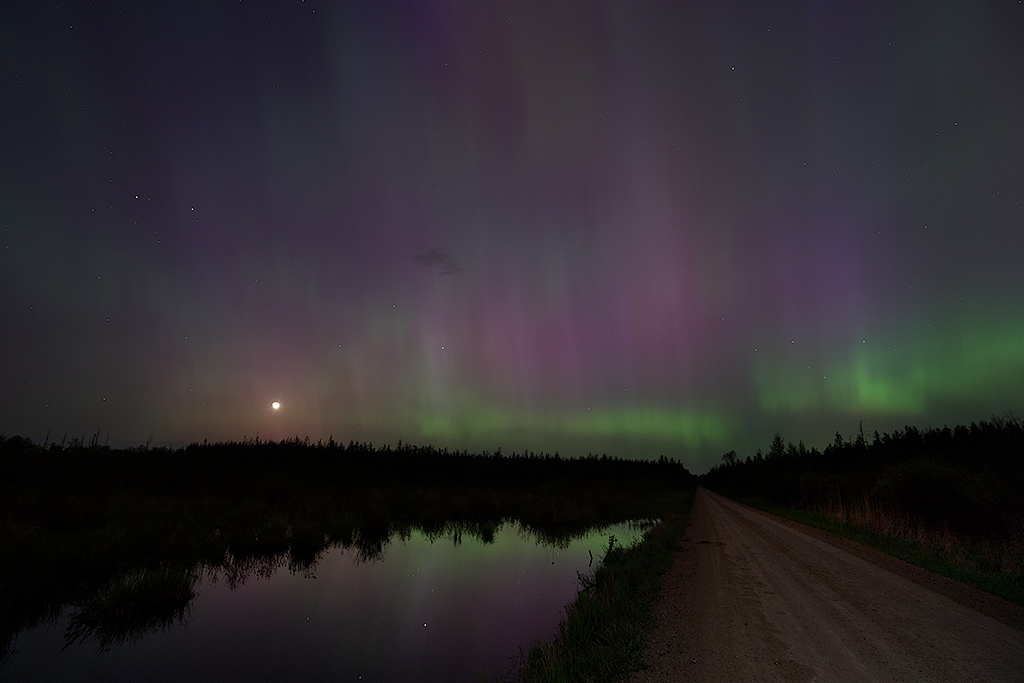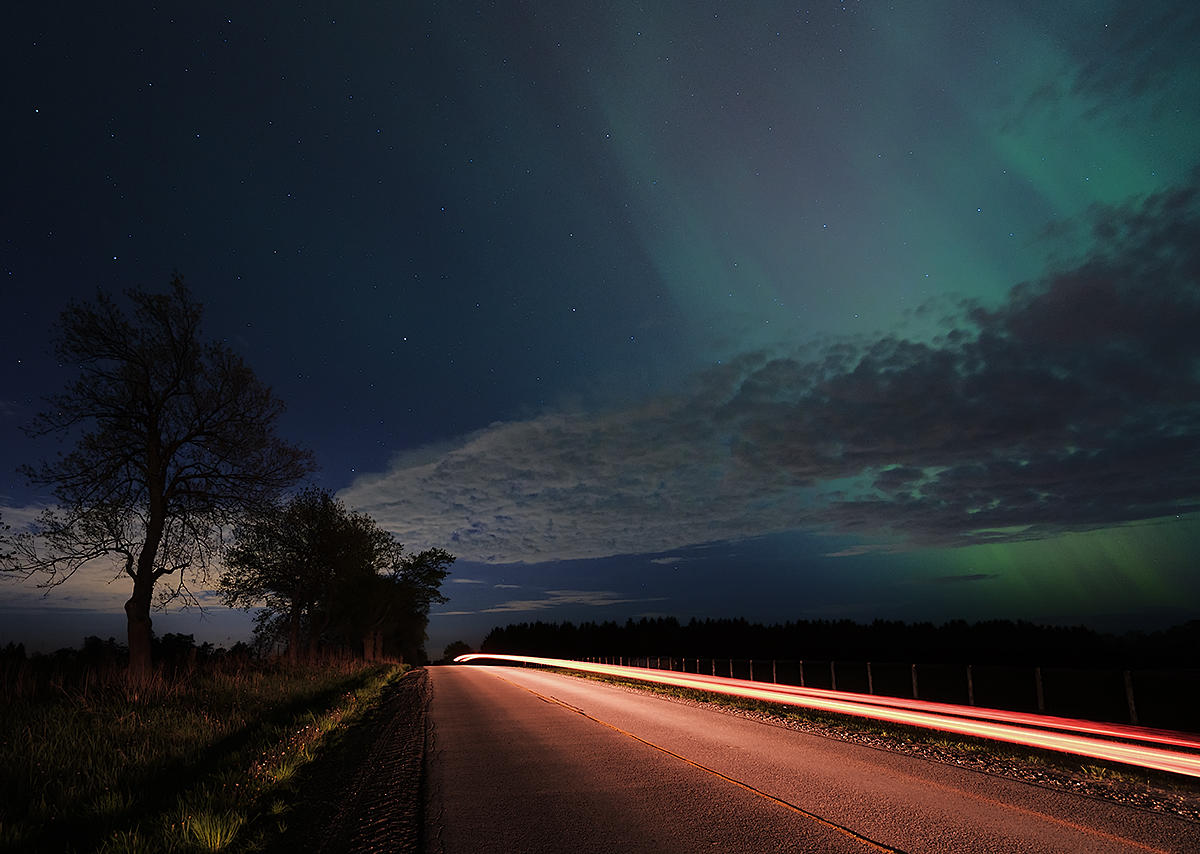Space Weather
I spend an inordinate amount of time looking up; day or night, in any season. In line with that ‘looking’ is the checking of forecasts and models. The amount of time spent doing those things increases in the summer months but it does occur year round.

Watching the skies in the winter months is usually less intense than summer months and involves going out to shoot rare winter storms or the aftermath of them. But with the planet titling away from the sun during our winter, and nights getting longer, another form of sky observation ramps up a bit; space weather (that’s right, it’s a thing) and other celestial events – in particular, the possibilities of capturing the Northern Lights.

I have made mention here in the past how difficult in can be to accurately forecast planetary weather, and how it is like predicting chaos. Determining what will happen, and where things will unfold, isn’t easy ahead of events. Capturing celestial events is even more hit and miss. Storm chasers refer to extreme weather events that do not pan out as forecasted as “busts”. Space weather, and other celestial events, have great ‘bust’ potential. I have spent a few nights with the cameras pointed up and, more often than not, come away with nothing. But, when celestial events pan out as foretold, it can leave one awestruck.

Early in May this year, space weather forecasts were predicting a BIG geomagnetic storm. A larger than normal amount of ‘dust’ from the sun was going to make its way to us in the solar ‘wind’ and offered up the possibility of aurora borealis to the point where folks had crossed their collective fingers that clouds would stay away (The most extreme geomagnetic storm since 2003 and the 27th strongest solar flare ever recorded.)
On the evening of May 10th, and into the early hours of May 11th, the Northern Lights lit up as forecasted and I was awestruck by the visuals.






No Comments